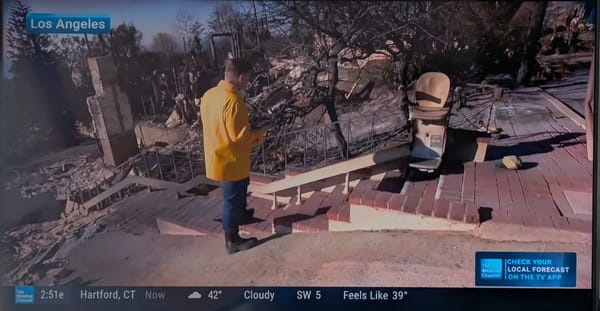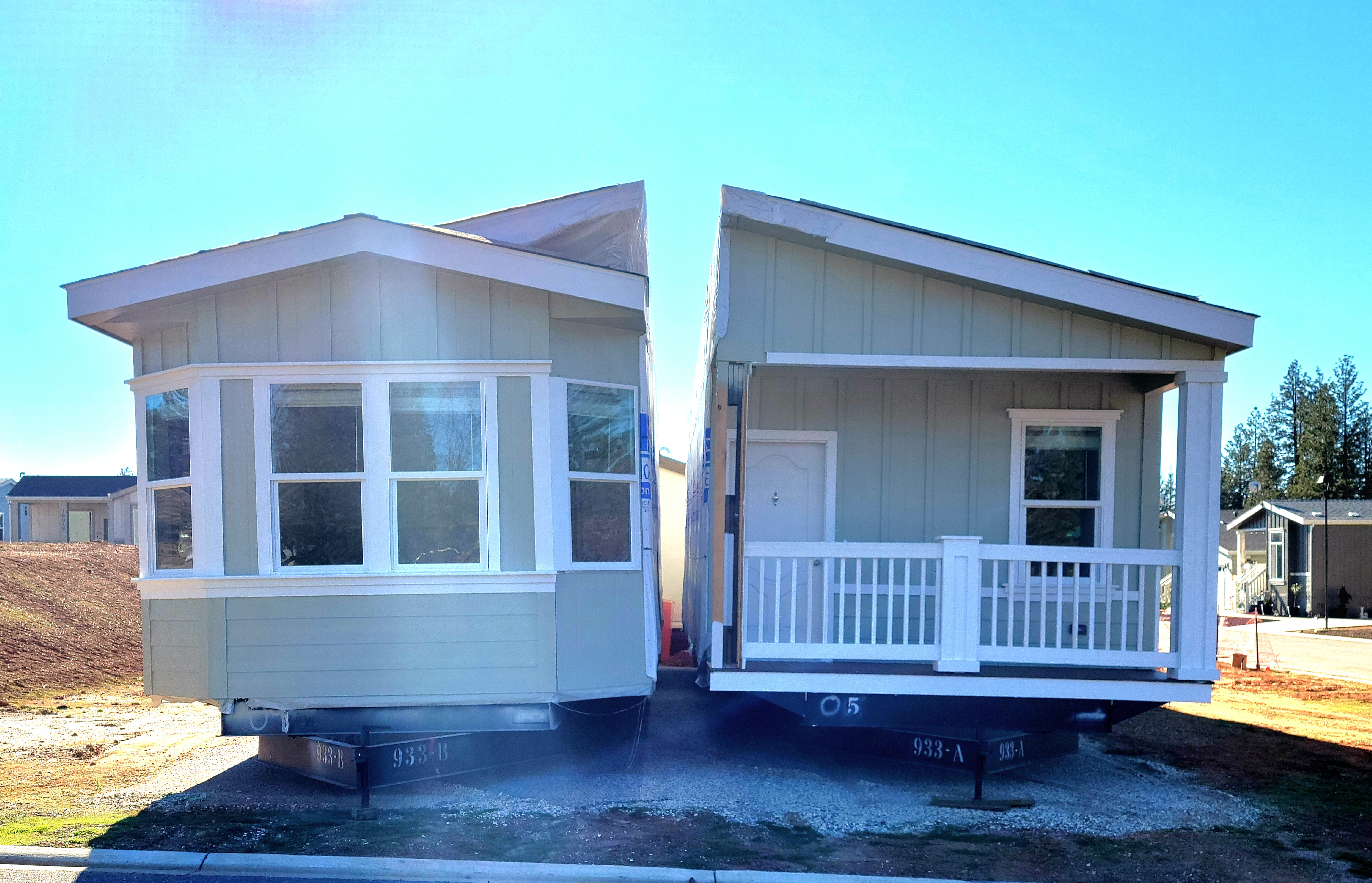DisabilitYIMBY News Roundup 12/23/24

Hello lovely readers! Apologies for my extended absence – as I mentioned in a prior newsletter, I had to focus on some health things and then catching up with the rest of life meant this sat on the back burner for a bit. When I started back on DisabilitYIMBY a couple weeks ago, I focused on the longer Berkeley piece (which is now turning into a multi-part duo or series), but got carried away crunching census data and neglected the weekly roundup.
Long story short, my health is better (knock on wood) and you can expect more newsletters coming up. As for the Berkeley articles, Part 1 should be done sometime before New Year’s.
Another note: I switched from the Substack publishing platform to Ghost, and landed the domain www.disabilityimby.com to house the blogs. Please share with your friends and check out other Ghost publications while you’re there!
Here’s the weekly roundup in the meantime!
More The Kelsey news!
New ‘disability-forward’ housing in S.F.’s Civic Center pays homage to nearby protest site (San Francisco Chronicle – gift link)
Here’s another local feature on work being done by The Kelsey, a disability-forward nonprofit developer in the San Francisco Bay Area! What stands out in this Chronicle article is the tremendous demand for affordable, accessible housing in San Francisco:
At the Kelsey Civic Center, 25% of the homes are reserved for people with disabilities who use supportive services. The units will be leased to households earning between 20% and 80% of area median income, with rents ranging from $500 to $2,450. More than 7,000 people entered the lottery for the building, including about 1,000 who were applying for the 28 units set aside for people with disabilities.
Now, SF has one of the worst housing shortages in the entire country, ridiculously high rents, and a housing stock that is largely old and inaccessible. It makes perfect sense that there is competition for subsidized affordable units, and specifically accessible ones. Still, the number of applicants compared to the number of rooms is striking.
I’ve said it before – The Kelsey is a fantastic organization providing a critical form of housing for the disability community, and I hope similar nonprofits pop up around the country to expand our accessible housing stock.
Inter-city transportation will be getting more accessible
There are a couple things happening at the federal level that’ll improve inter-city transportation for people with disabilities, with news breaking in the past week or so. They address both air and rail travel, with actions in both the Executive Branch and in Congress.
First, the Department of Transportation put forward a new set of rules to ensure airlines properly serve passengers with disabilities (CBS News). They require airlines to train staff in the handling mobility equipment and physically assisting passengers with disabilities; promptly assist passengers with disabilities getting on and off planes; not damage mobility equipment and return it in the same condition it arrived in; and improve seating accommodations at airports. The final rule will become effective on January 16, 2025 – here’s hoping it sticks and is properly enforced thereafter.
On the rail front, Congress passed a bill requiring that Amtrak report its progress in improving station accessibility to be in line with the Americans with Disabilities Act. (Trains) Sen. Tammy Duckworth (D-Ill.) – an amputee who is a longtime champion for disability rights in Congress – teamed up with Sen. Shelley Moore Capito (R-W. Va.) to introduce the bill in the Senate, and Rep. Mark Molinaro (R-N.Y.) sponsored the bill in the House.
Despite a promise that the ADA would make all stations accessible by 2010, reality shows Amtrak is far behind. There was a huge lack of accessibility pre-pandemic, and Amtrak has received a chunk of $1.75 billion from the Bipartisan Infrastructure Law that was set aside for transit accessibility. The numbers aren’t great and fall far short of the ADA’s promise:
In its report on fiscal 2024, which ended in September, Amtrak says it spent $155 million on accessibility projects and lists 17 stations in 10 states that have been upgraded. The company says that 124 of its more than 500 stations are fully ADA compliant, while another 67 are accessible. The company said earlier this year that accessibility projects are in progress at another 43 stations, while 144 designs projects are under way.
Hopefully a combination of funding and accountability will accelerate projects and make intercity rail more accessible. It’s a disability equity imperative – and in many ways a climate equity one, given the role of trains as we try to de-carbonize our transportation system.
On aging and downsizing
One article caught my eye earlier this week and I wanted to include in the newsletter – then I forgot to mark it down, but a second one jogged my memory. So, for intrigue’s sake, here’s the second one first…
Business Insider caught up with a set of older homeowners (two single women and a married couple) who just can’t navigate downsizing for a mix of financial and logistical reasons; personal preferences around home types and neighborhood familiarity also got in the way of change. These interviewees are part of a larger crisis where older homeowners – including folks that would benefit from more accessible layouts and some homeowners who no longer can drive or drive safely – are living in large homes, often in car-dependent neighborhoods. Our shortage of small, single-story single-family homes and condos in denser and transit-rich neighborhoods, combined with high prices and high-ish interest rates, mean many homeowners just can’t find the right place to downsize into or can’t make it pencil out well.
There’s a disability component to the article: the final interviewee, Andrea S, is 60 and acquired a head injury in a car crash in 2021 that affected her income. Her lack of income, combined with the Southern California housing market and capital gains taxes make it so she has no easy choices.
However, it’s this quote from Dorothy Lipovenko, 71 (half of the aforementioned couple) that caught my eye and jogged my memory about the other article:
"It's not just giving up possessions and going into a smaller space; it's shrinking a lot of things to fit a new mindset," she said. "I just can't see my husband and I spending the last decades of our life in a little apartment."
That mindset is representative of a lot of single-family homeowners, and definitely keeps some in larger single-family homes when they'd be just fine in an apartment or condo. (Anecdote... my mom and late stepdad made it work just fine and my mom loves her condo community, so it can be done and turn out well).
Why did that make me think of the other article? Well, a solid chunk of this San Francisco Chronicle article about a booming master development in Santa Clara – which will feature at least 5000 units total – covers the luxury senior living tower that’ll be a rare offering in the sprawling, wealthy Silicon Valley:
The tallest of the next wave of buildings to open is Ellore, Related’s 20-story senior building. The tower, which overlooks the San Francisco 49ers’ practice fields, is being operated by Oakmont Management Group, which promises “a blend of sophistication, innovation and sustainability to fit the Silicon Valley lifestyle.”
And residents will be paying a small fortune to live there: The cheapest studios go for $7,000 a month while the two-bedrooms start at $16,000. There are different options depending on residents’ needs — independent living, assisted living and memory care; outdoor dining terrace; cocktail lounge; library; concierge physician’s office; and an outdoor saltwater plunge pool on the 20th floor overlooking the Diablo Mountains.
Ellore will open in the spring, and has about 30 depositors, according to executive director Lola Bullock....
[Bulloch] said 90% of the residents committing to the building are engineers and physicians.
“They are living in sprawling mansions right now — just the two of them — and looking for an opportunity to live in luxury with high-quality programming,” she said. “We are seeing a rush for the two-bedroom penthouses.”
Obviously, wealthy Silicon Valley mansion-owners downsizing into luxury senior apartments isn’t your run-of-the-mill disability housing issue, but it does go to show that the story of “seniors need more places they can downsize into” applies across the country and at all income levels.
Of course, we should also as a society push for less income and wealth inequality, which can include fairer taxes and more government funding for affordable homes, but that’s another story…
Other links of the week:
Biden-Harris Administration Awards $225 Million To Preserve and Revitalize Housing (HUD Public Affairs)
The 'MacGyver Housing Market?' Americans cobble together solutions to find a home (USA Today)
Insurers Are Deserting Homeowners as Climate Shocks Worsen (New York Times)
Insurance Crisis Could Spark Housing Market Crash Worse Than 2008: Report (Newsweek)
North Carolina Passes Sweeping Surprise Ban on 'Downzoning' (Yahoo! News/Reason)
A NEW ERA FOR AMERICAN PUBLIC HOUSING (Within our Means newsletter)



